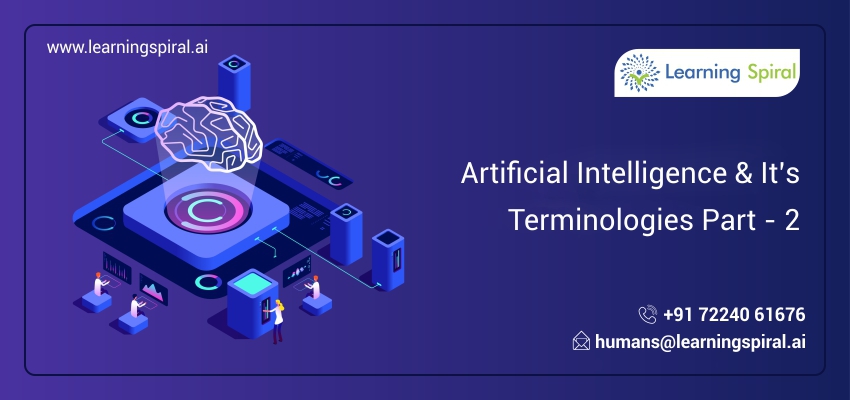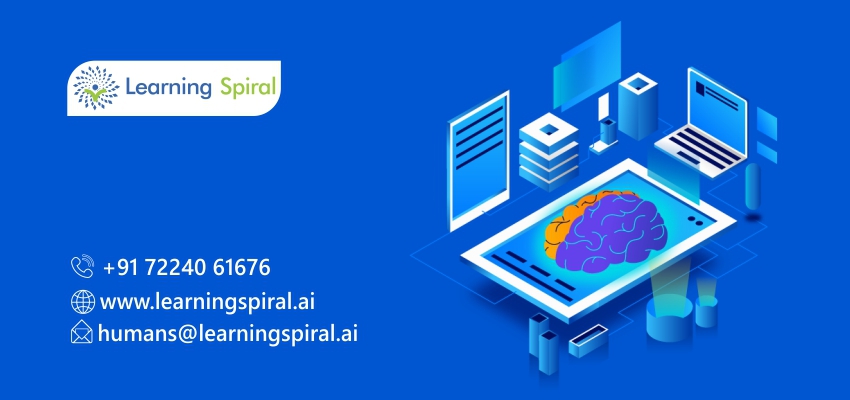
N: Natural language processing (NLP)
Natural language processing is a subfield of linguistics, computer science, information engineering, and artificial intelligence. It is concerned with the interactions between computers and human languages, in particular how to program computers to process and analyze large amounts of natural language data. Our trained NLP annotators can help deliver language Data annotation and Data Labeling workloads at scale.
O: Optical Character Recognition
Optical character recognition or optical character reader is the electronic or mechanical conversion of images of typed, handwritten, or printed text into machine-encoded text, whether from a scanned document, a photo of a document, a scene-photo or from subtitle text superimposed on an image.
P: Pattern Recognition
Automated recognition of patterns found in data. Pattern recognition is the automated recognition of patterns and regularities in data. It has applications in statistical data analysis, signal processing, image analysis, information retrieval, bioinformatics, data compression, computer graphics, and machine learning.
Q: Query language
Query language (QL) refers to any computer programming language that requests and retrieves data from database and information systems by sending queries. It works on user-entered structured and formal programming command-based queries to find and extract data from host databases.
R: Robotics
One of the reasons the line is blurry and people are confused about the differences between robotics, and artificial intelligence is because there are artificially intelligent robots—robots controlled by artificial intelligence. In combination, AI is the brain and robotics is the body.
S: Semantic segmentation
Semantic Segmentation a classic Computer Vision problem that involves taking as input some raw data (2D, 3D images) and label the regions of interest highlighted. Under Semantic Segmentation, we do the process of clustering various parts of images together belonging to the same object class. Leverage our fully-managed human-powered pixel-level image segmentation and annotation to build pixel-perfect semantic segmentation tasks at scale.

T: Training Datasets
The training data set in Machine Learning is the actual dataset used to train the model for performing various actions. This is the actual data the ongoing development process models learn with various API and algorithms to train the machine to work automatically.
Data Annotation & Data Labeling + Training Datasets = Accurate ML algorithms + Accurate AI results
U: Unsupervised learning
Unsupervised learning is the training of machines using information that is not labeled and allowing the algorithm to act on that information without assistance or guidance. Here the task of the machine is to group unclassified information into similarities, patterns, and differences without training of data, and from the name, it’s quite clear that no training will be given to the machine to do the next tasks.
V: Visual Search
One of the significant tool that is changing the way people interact with E-commerce and social media platforms. In place of a text query, visual search engines enable customers to identify and locate items through photos snapped with their mobile cameras and can look for new products and brands
W: Weak AI
Weak AI also is known as narrow AI is a type of AI which is able to perform a dedicated task with intelligence. The most common and currently available AI is Narrow AI in the world of Artificial Intelligence. We Humans’ are currently standing at the beginning of the AI era. What we currently have is narrow AI or weak AI, which actually reduces human efforts significantly though it fails to analyze human emotions and intelligence to some extent.
After terminologies, one thing you must know is the first and the most important task of AI i.e. Data Annotation & Labeling. Data Annotation & data labeling is to Label and Annotate data for machine learning and it totally depends upon human experiences
Artificial Intelligence enhances the speed, precision, and effectiveness of human efforts. Artificial Intelligence (AI) is bringing drastic changes in technical fields, where it can be implemented to automate the system for more efficiency and performance.
Annotate your Data with us to Get the Best AI results

